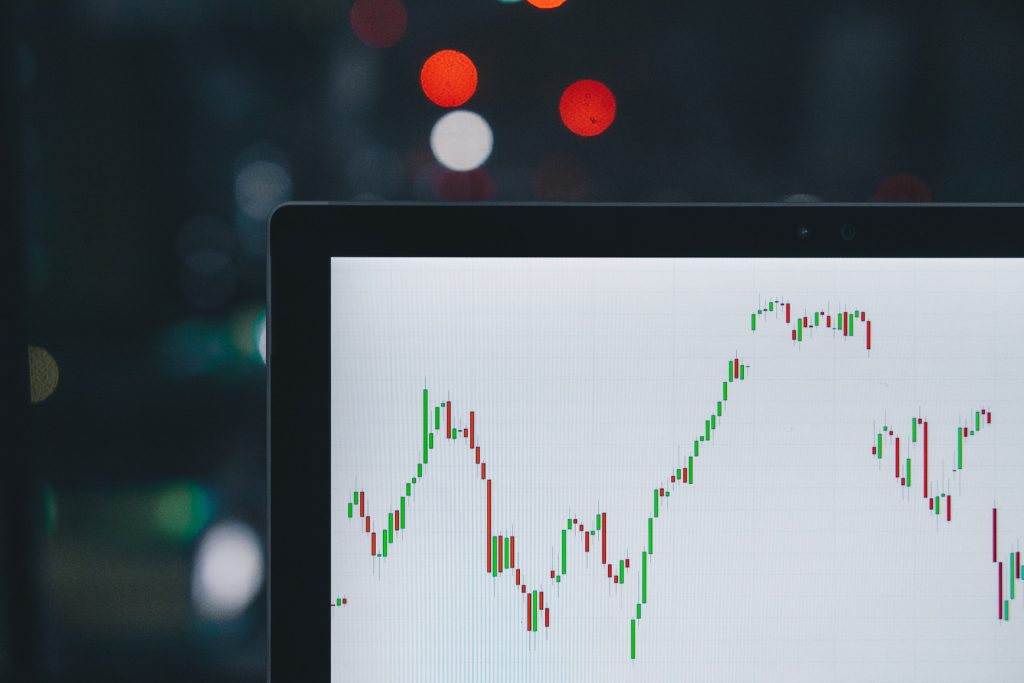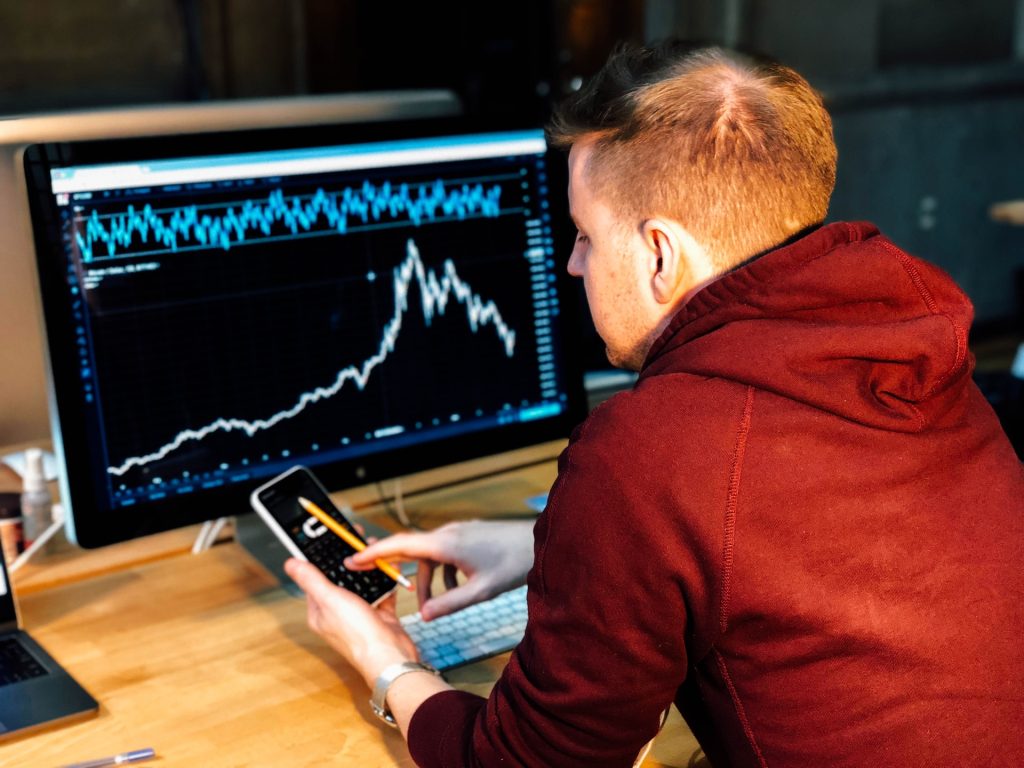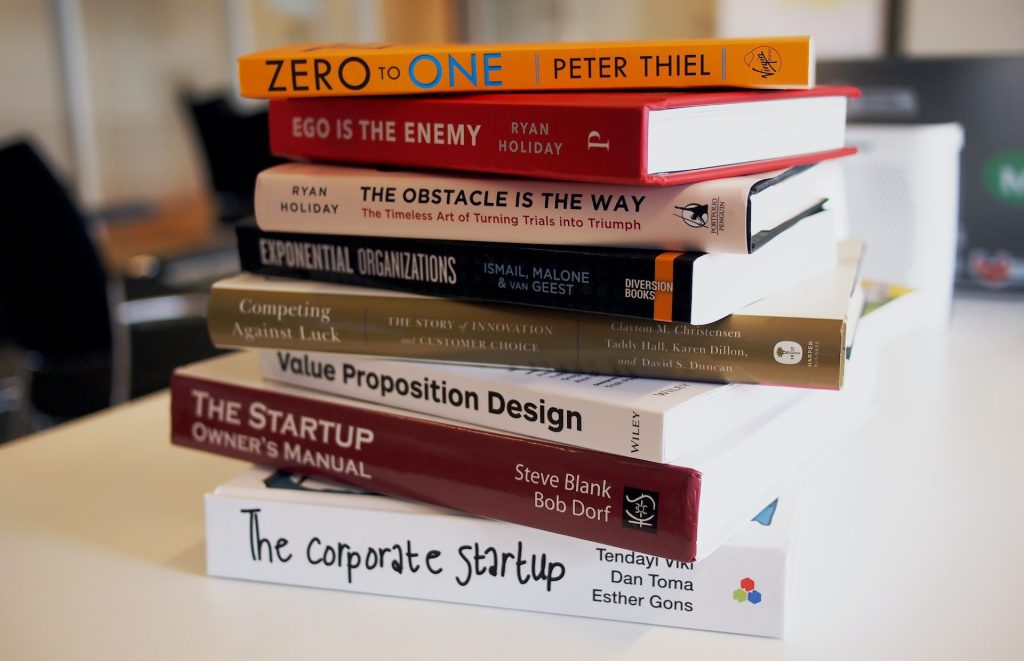Economics, often regarded as the dismal science, is far from being dull. In fact, it’s the key to unlocking the mysteries of our modern world. Whether you’re interested in personal finance, global trade, or just curious about why prices rise and fall, economics is your trusty guide.
Let’s embark on a journey to unravel the basics of this intriguing field, and by the end, you’ll see how economics touches every aspect of our lives, from the mundane to the monumental.

The Invisible Hand and Adam Smith
We’ll begin our exploration with Adam Smith, the father of modern economics. Smith’s concept of the “invisible hand” explains how self-interest among individuals can lead to benefits for society as a whole. This idea underpins free-market capitalism, where supply and demand shape prices and allocation of resources.
Supply and Demand: The Pillars of Economics
Supply and demand are the fundamental forces driving economic decisions. We’ll delve into how these factors interact to determine prices, and how shifts in supply or demand can impact everything from the cost of your morning coffee to the global oil market.
The Mysteries of Money
Money makes the world go round, and understanding it is crucial. We’ll explore the basics of currency, the concept of inflation, and how central banks like the Federal Reserve manage the money supply to keep economies stable.

The Power of Competition and Monopoly
Competition drives innovation and efficiency, but what happens when one company dominates a market? We’ll examine the dynamics of competition and the risks of monopolies, shedding light on the importance of antitrust laws.
Fiscal Policy and Government Spending
Economics isn’t just about individuals and businesses; governments play a massive role too. We’ll discuss how fiscal policy, including taxation and government spending, can stimulate or slow down economies and why government debt isn’t always a bad thing.
International Trade and Globalization
The global economy is more interconnected than ever, with goods and services flowing across borders. We’ll explore the concepts of comparative advantage and trade deficits, shedding light on why countries engage in trade and the benefits it can bring.
Economic Indicators: Reading the Signs
Economic indicators, like GDP, unemployment rates, and the consumer price index, provide vital insights into the health of an economy. We’ll learn how to interpret these indicators and why they matter to both policymakers and the average citizen.

Behavioral Economics: Why We Make Irrational Choices
Humans don’t always act rationally, and behavioral economics seeks to understand why. We’ll delve into the quirks of human decision-making and how concepts like loss aversion and the endowment effect influence our choices.
Environmental Economics: Balancing Growth and Sustainability
Economics isn’t just about profits; it’s about balancing economic growth with environmental stewardship. We’ll discuss the field of environmental economics and how it addresses issues like climate change and resource conservation.
Economics in Everyday Life
As we wrap up our journey, we’ll showcase how economics touches our daily existence, from budgeting and saving to making informed consumer choices. Economics isn’t just a subject for academics; it’s a tool that empowers you to navigate the complexities of the modern world.

Economics, far from being dismal, is a vibrant field that helps us understand the choices we make, the prices we pay, and the forces that shape our world.
As you delve deeper into this fascinating realm, you’ll find that economics isn’t just a subject—it’s a lens through which you can view the intricacies of our interconnected global society.





